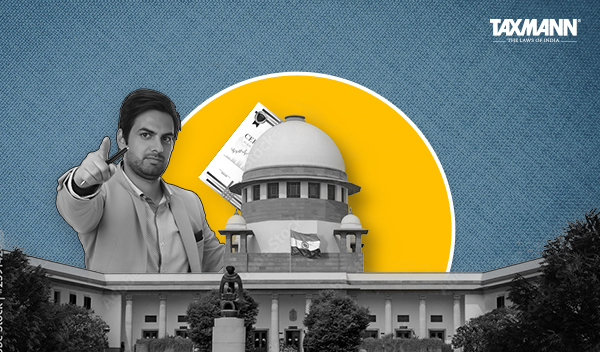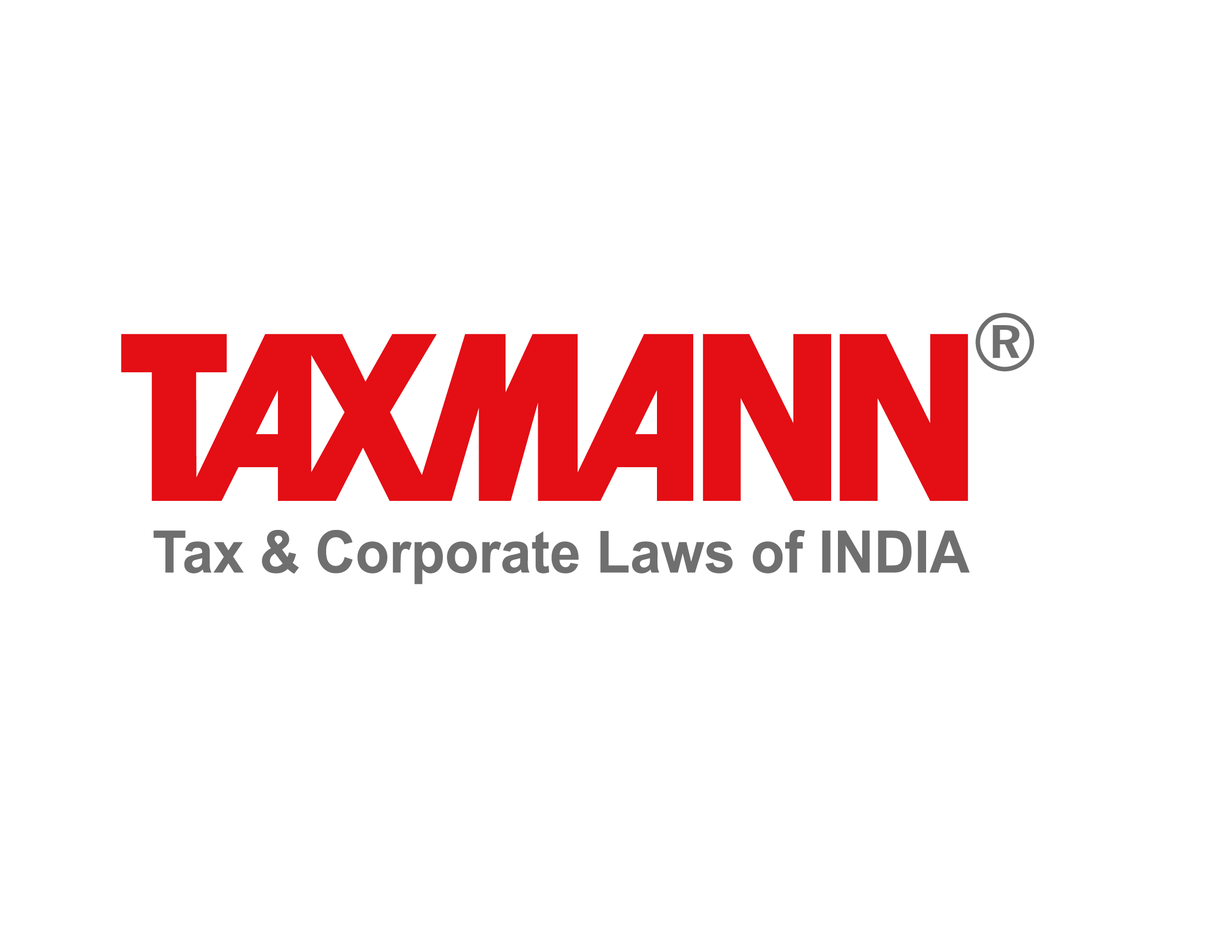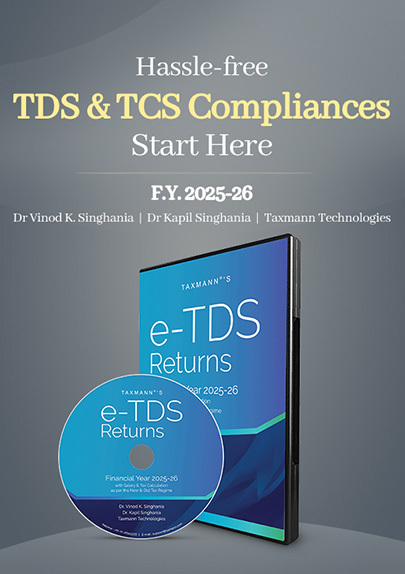Only AO Additions Count for Tax-Effect Appeal Limit | HC
- Blog|News|Income Tax|
- 2 Min Read
- By Taxmann
- |
- Last Updated on 29 May, 2025

Case Details: Commissioner of Income-tax, International Taxation vs. SIS Live - [2025] 174 taxmann.com 852 (Delhi)
Judiciary and Counsel Details
- Vibhu Bakhru & Tejas Karia, JJ.
-
Anant Mann, JSC for the Appellant.
-
P. Roy Chaudhuri, Rishi Bhatnagar & Rishabh Gaur, Advs. for the Respondent.
Facts of the Case
The assessee filed an application for the low tax effect before the Delhi High Court. The computation of tax effect was below the threshold limit of Rs. 2 crores as stipulated in Circular No. 5 of 2024 dated 15.03.2024 as modified by the Circular No. 9 of 2024 dated 17.09.2024 issued by the CBDT.
The AO enhanced the assessee’s income to reflect the assessed income. Thus, the first step for calculating the tax effect would be determining the quantum by which the returned loss is reduced. In the current case, the entire returned loss had been wiped out by the additions made by the AO. Thus, the tax effect was determined to be less than the stipulated limit of Rs. 2 crores.
The AO contended that the tax effect would be higher as he had observed that the losses of earlier years cannot be permitted to be brought forward. Thus, the AO contended that the tax on the losses which were assessed in the assessment years prior to the relevant assessment year must also be taken into account to determine the overall tax effect.
High Court Held
The High Court held that the contention that the losses assessed in the previous assessment years must also be considered as the carry forward of the same has been disallowed is unmerited. The machinery to compute the tax effect as posited in paragraph 5.1 of the aforementioned Circular contemplates taking into account the observations made by the AO in regard to the losses assessed in the previous years which have been carried forward.
Thus, although the AO in the present case has noted that the business losses of prior years amounting to Rs. 56,40,20,407 are also required to be disallowed. The same does not require to be included for the purposes of computing the tax effect under paragraph 5.1 of the aforementioned CBDT Circular.
Disclaimer: The content/information published on the website is only for general information of the user and shall not be construed as legal advice. While the Taxmann has exercised reasonable efforts to ensure the veracity of information/content published, Taxmann shall be under no liability in any manner whatsoever for incorrect information, if any.

Taxmann Publications has a dedicated in-house Research & Editorial Team. This team consists of a team of Chartered Accountants, Company Secretaries, and Lawyers. This team works under the guidance and supervision of editor-in-chief Mr Rakesh Bhargava.
The Research and Editorial Team is responsible for developing reliable and accurate content for the readers. The team follows the six-sigma approach to achieve the benchmark of zero error in its publications and research platforms. The team ensures that the following publication guidelines are thoroughly followed while developing the content:
- The statutory material is obtained only from the authorized and reliable sources
- All the latest developments in the judicial and legislative fields are covered
- Prepare the analytical write-ups on current, controversial, and important issues to help the readers to understand the concept and its implications
- Every content published by Taxmann is complete, accurate and lucid
- All evidence-based statements are supported with proper reference to Section, Circular No., Notification No. or citations
- The golden rules of grammar, style and consistency are thoroughly followed
- Font and size that’s easy to read and remain consistent across all imprint and digital publications are applied



 CA | CS | CMA
CA | CS | CMA
